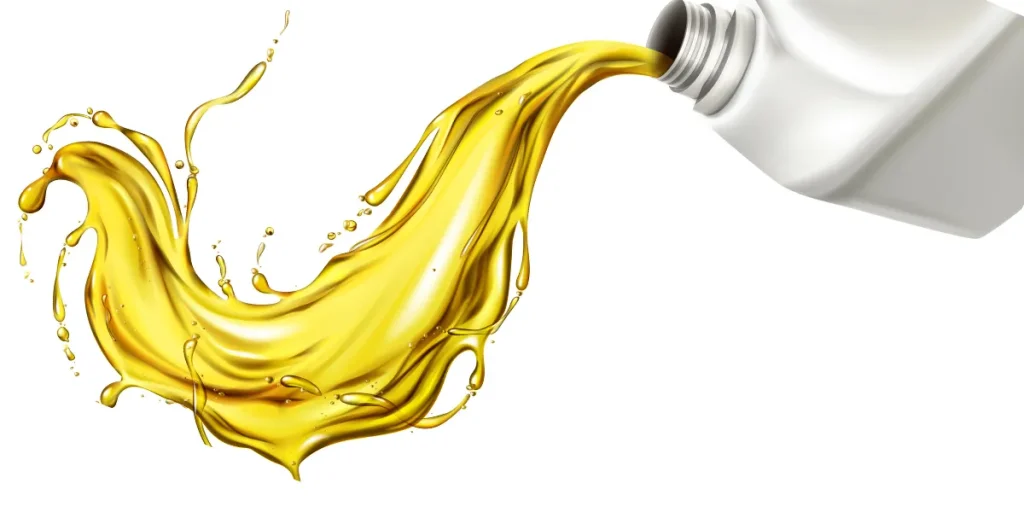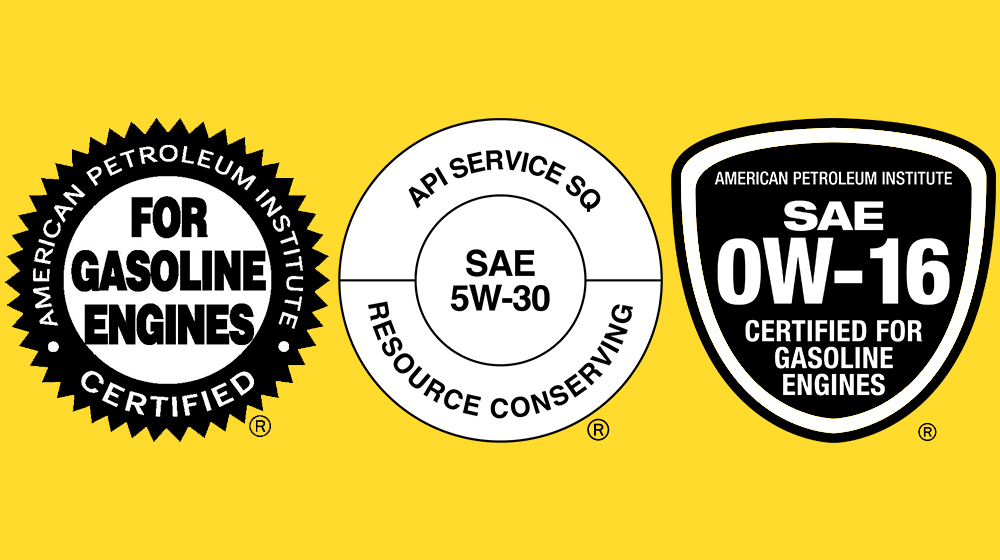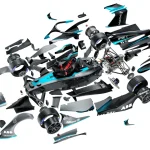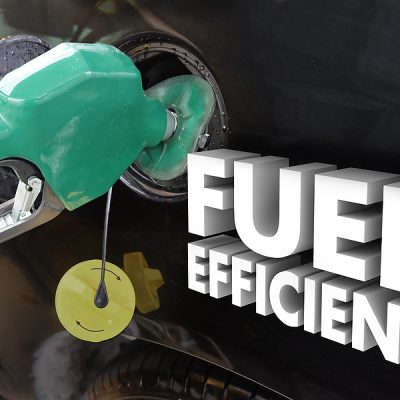Think of engine oil as the blood of your vehicle. It flows, protects, cools, cleans, and keeps the mechanical heart of your car ticking. But not all oils are created equal — and using the wrong one? That’s like feeding espresso to a sleeping dog: wrong energy, wrong time, wrong results.
Whether you’re piloting a daily driver, a track-ready weapon, or a seasoned classic, choosing the right oil isn’t just a matter of maintenance — it’s a matter of longevity, performance, and peace of mind.
Let’s pop the hood and break down exactly how to pick the right oil for your engine — without drowning in a sea of confusing codes, synthetic jargon, or snake oil sales pitches.
🛢️ 1. Understand What Engine Oil Actually Does

Before we even touch labels or brands, let’s talk function. Engine oil has five core jobs:
- Lubrication – Reduces friction between moving parts.
- Cooling – Carries heat away from the combustion chamber and internals.
- Cleaning – Suspends and removes sludge, carbon, and metal particles.
- Sealing – Fills microscopic gaps between piston rings and cylinder walls.
- Protection – Prevents rust, corrosion, and wear.
Think of it as a bodyguard, janitor, therapist, and coolant — all bottled in one slick package.
🔍 2. Check Your Owner’s Manual First
Seriously. This isn’t a suggestion — it’s the golden rule.
Your vehicle’s manual provides:
- Recommended oil viscosity (example: 5W-30, 10W-40)
- Oil specification (API, ACEA, ILSAC ratings)
- Synthetic vs. conventional preference
- Oil change intervals
Manufacturers test and develop engines using specific oil standards. Following those specs ensures your engine operates the way it was designed to — with optimal wear protection and fuel efficiency.
No manual? Look it up online using your car’s year, make, and model — or check the cap on your engine’s oil filler.
⚙️ 3. Know Your Viscosity Numbers (e.g., 5W-30)

Viscosity = how thick or thin the oil is, especially in different temperatures.
Here’s what a label like 5W-30 means:
- 5W – The “W” stands for winter. This number represents how the oil flows in cold temperatures. Lower = better flow when cold.
- 30 – The second number indicates how thick the oil remains at operating temperature. Higher = thicker oil when hot.
So:
- 0W-20: Great for cold climates and modern fuel-efficient engines.
- 10W-40: Better for older engines or high-heat environments.
- 15W-50: Often used in performance or racing engines.
Choosing the right viscosity is all about matching your engine’s design and your climate.
🧪 4. Conventional vs. Synthetic vs. Blend: What’s Best?
✅ Conventional Oil
- Mineral-based, refined crude oil
- Cheapest option
- Works fine for older engines or simple commuter cars
- Requires more frequent changes and breaks down faster
✅ Synthetic Oil
- Man-made, chemically engineered
- Superior lubrication, especially in extreme heat/cold
- Better fuel economy and engine cleanliness
- Longer oil change intervals
- Ideal for turbocharged engines, high-performance vehicles, and modern cars
✅ Synthetic Blend
- Mix of conventional and synthetic
- Middle ground for performance and price
- Good for light trucks or vehicles under moderate load
💡 Pro tip: If your car manufacturer recommends synthetic oil, don’t downgrade. If it’s optional, synthetic is still a smart upgrade — especially for hot climates, heavy traffic, or spirited driving.
🌡️ 5. Factor in Climate and Driving Conditions
Your driving environment matters more than you think.
- Cold climates: Look for lower “W” ratings like 0W or 5W. Your engine needs to pump oil quickly at startup when it’s freezing.
- Hot climates or heavy loads: Consider higher second numbers like 40 or 50 to keep oil from thinning out too much.
- Stop-and-go traffic: Go synthetic. The constant heat cycling can break down conventional oils quickly.
- Towing or performance driving: Use high-performance synthetics with stronger film strength and higher shear stability.
Your oil needs to be as adaptable as your driving — or you’ll wear out components long before their time.
🔧 6. Decoding Oil Standards and Certifications

You’ve seen the acronyms: API, ILSAC, ACEA, Dexos — what do they mean?
Here’s a simplified breakdown:
🛡️ API (American Petroleum Institute)
- Look for labels like API SP, SN, or SM.
- “S” = gasoline engines, “C” = diesel engines
- The later in the alphabet, the more modern the oil
🌍 ACEA (Association des Constructeurs Européens d’Automobiles)
- Used in European cars
- Ratings like A3/B4 or C3 indicate standards for performance, emissions, or turbo compatibility
✅ ILSAC (International Lubricants Standardization and Approval Committee)
- North American standard focused on fuel efficiency and emission system compatibility
⚙️ Dexos (GM specification)
- Oils with the Dexos1 or Dexos2 label are required for many GM vehicles
Bottom line: Match the standard your vehicle manufacturer requires — it’s not just a suggestion. Some warranties may depend on it.
🚨 7. Beware of Oil Myths and Marketing Hype
Let’s clear the air on a few myths:
- “Thicker oil is better for protection.” Not always. Too thick and it won’t flow well at startup, causing more wear.
- “Once you go synthetic, you can’t go back.” False. You can switch between types, though consistent use of synthetic is better.
- “Additives will boost performance.” Unless specified by your manufacturer, most additives are unnecessary at best and harmful at worst.
- “Race oil is better for my daily driver.” Not unless your commute is Nürburgring-adjacent. Race oils lack detergents and don’t perform well in daily stop-start conditions.
🧰 8. High-Mileage Oils: Marketing or Miracle?
If your car has more than 75,000 miles, you’ve probably seen “high-mileage” oils on the shelf.
These oils often contain:
- Seal conditioners to reduce leaks
- Extra detergents to clean sludge
- Thicker base oil blends for worn engine clearances
They’re legit — especially if your engine shows signs of aging. But if your high-mileage engine is running strong and leak-free, standard synthetic oil is still a solid choice.
🛠️ 9. Change Intervals: It’s Not Just About Distance

Modern oils — especially synthetics — can last 7,500 to 15,000 km (5,000–10,000 miles) or more, depending on your engine and conditions.
But don’t just go by distance:
- Short trips in cold weather? Oil gets dirty faster.
- Towing or racing? More frequent changes.
- Older engine? Play it safe and change early.
And always replace the oil filter with each oil change. Clean oil in a dirty filter defeats the purpose.
✅ Final Checklist for Choosing the Right Oil
| Factor | What to Do |
|---|---|
| Owner’s Manual | Read it. Follow it. Trust it. |
| Viscosity | Match climate and engine spec (e.g., 5W-30, 10W-40) |
| Type | Synthetic > Blend > Conventional (when budget allows) |
| Certifications | Look for API/ACEA/ILSAC/Dexos approvals |
| Climate/Driving Style | Cold = lower W; Hot/towing = higher 2nd number |
| High Mileage | Consider specially formulated oils |
🏁 Final Thoughts: Oil Is Cheap — Engines Aren’t
Choosing the right oil isn’t complicated — but it is critical. It’s the easiest way to protect your investment, improve performance, and extend the life of your engine.
Treat it like a prescription, not a preference. Your engine will thank you in miles, not words.
So next time you’re staring down a wall of oil bottles at the auto shop, remember: this isn’t just maintenance. It’s mechanical medicine, and you’re the doctor behind the wheel.









